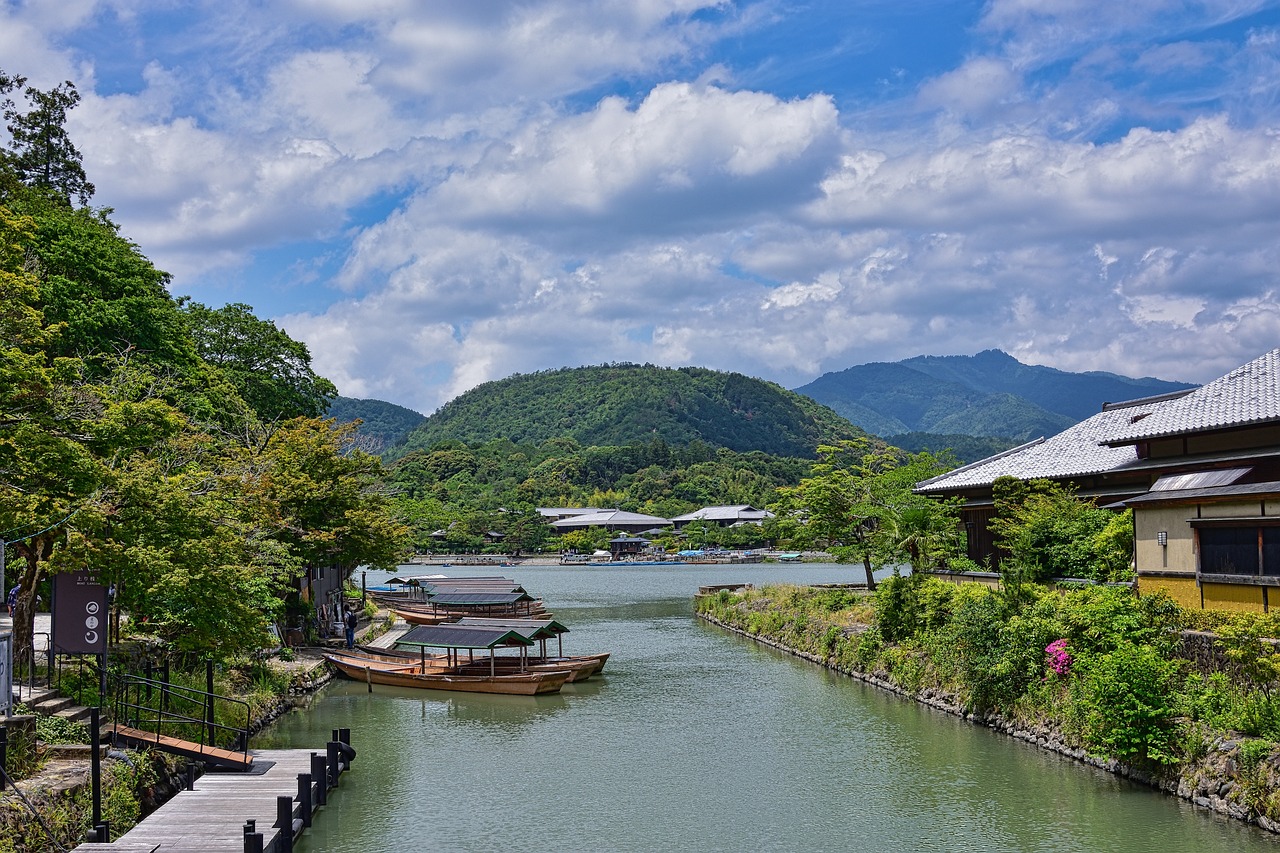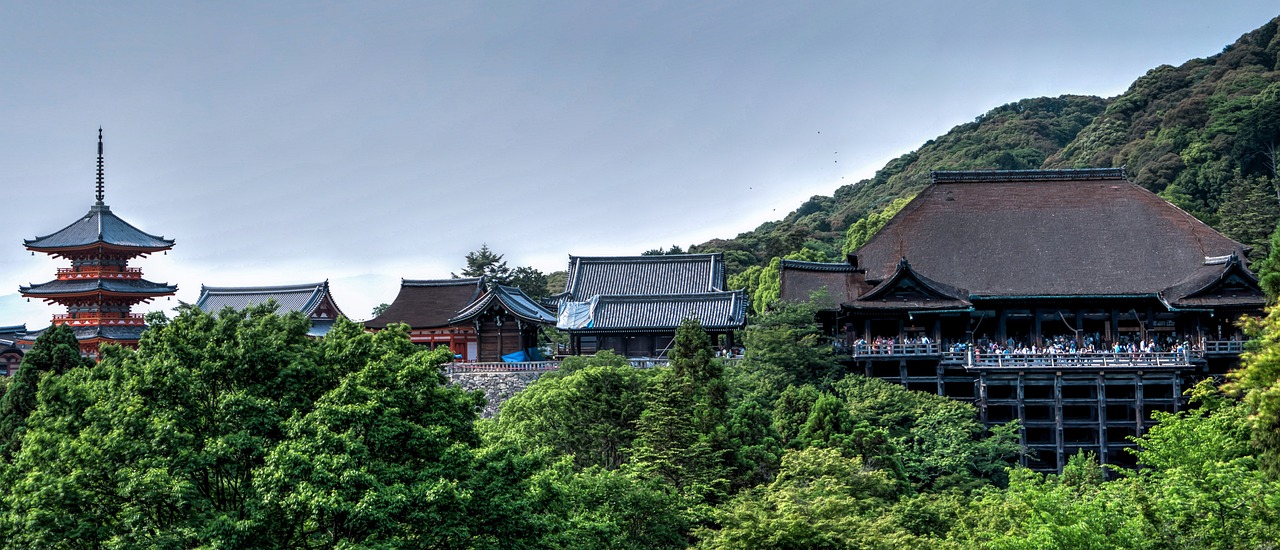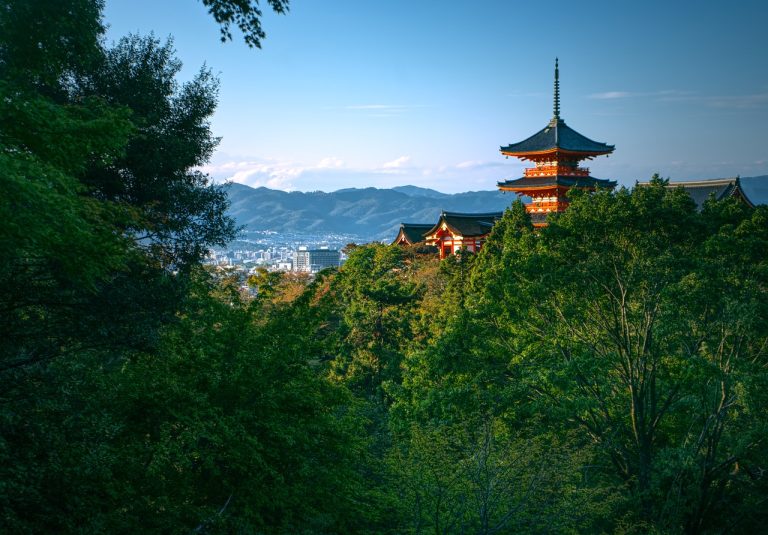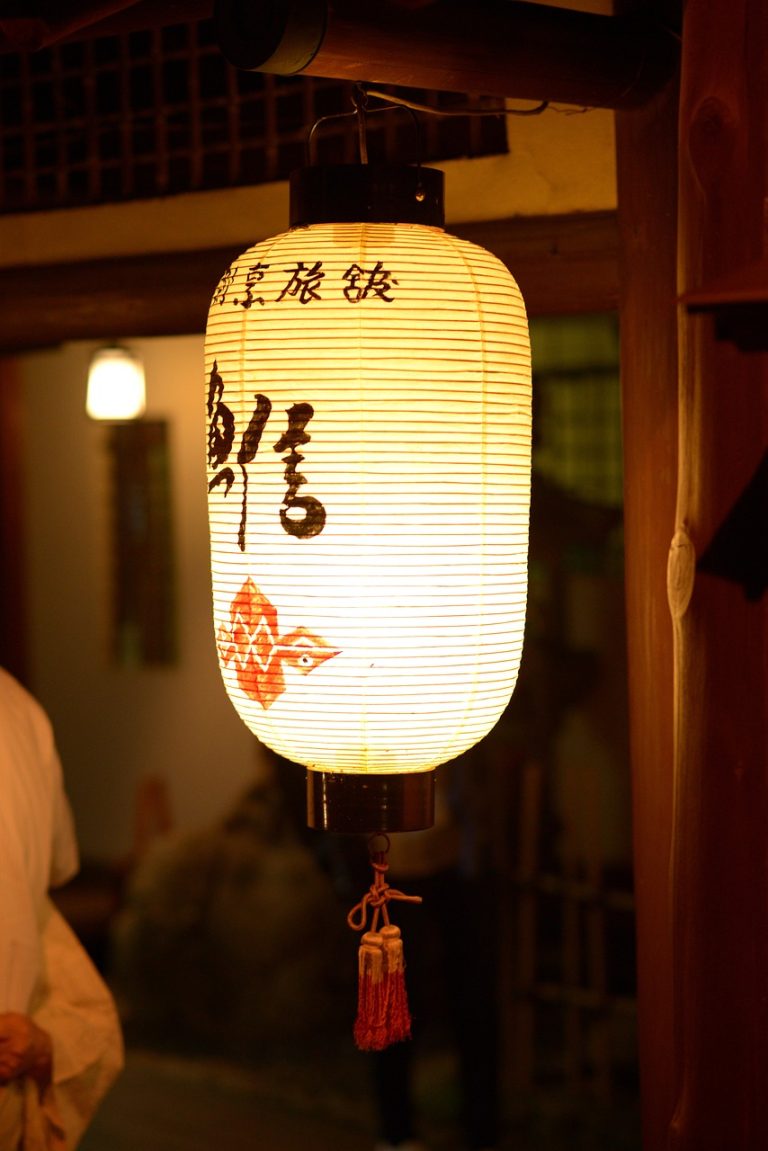Kyoto Japan Video
Eco-tourism in Kyoto Japan: Sustainable and Green Travel Options
Kyoto, Japan, known for its rich cultural heritage, historic temples, and stunning natural landscapes, offers a unique blend of traditional and eco-friendly experiences for travelers. With a strong focus on sustainability and green initiatives, Kyoto has become a popular destination for eco-tourism. In this article, we will explore the various sustainable and green travel options available in Kyoto, promoting responsible tourism and preservation of the environment.
Exploring Kyoto’s Green Spaces
- Kyoto Imperial Palace Park: Located in the heart of the city, this expansive park offers a serene environment with lush greenery and beautiful cherry blossom trees. Visitors can take a leisurely stroll or rent bicycles to explore the park while enjoying the natural surroundings.
- Arashiyama Bamboo Grove: A visit to Kyoto is incomplete without experiencing the mesmerizing beauty of the Arashiyama Bamboo Grove. This enchanting bamboo forest provides a tranquil atmosphere and a unique opportunity to connect with nature.
- Kibune Shrine and Kifune Falls: Nestled in the mountains north of Kyoto, Kibune Shrine and Kifune Falls offer a refreshing escape from the city’s heat during summer months. Visitors can hike through the lush forest trails, enjoy the serene atmosphere, and witness the breathtaking beauty of the waterfall.
This park is a favorite spot for locals and tourists alike, offering a peaceful escape from the bustling city. It is an excellent place for picnics, meditation, and enjoying the beauty of nature.
Walking through the towering bamboo stalks, visitors can immerse themselves in the peaceful ambiance and capture stunning photographs. The bamboo grove is also home to various temples and shrines, adding to its cultural significance.
This hidden gem provides a perfect opportunity to reconnect with nature and experience the tranquility of the mountains. It is also believed to be a spiritual place where visitors can make wishes and seek blessings.
Kyoto Japan Image 1: 
Sustainable Accommodation Options
- Kyoto Eco-Stay: This eco-friendly guesthouse is committed to reducing its environmental impact by promoting sustainable practices. It offers comfortable accommodation with energy-efficient facilities, recycling programs, and locally sourced organic meals.
- Solaris Hotel Kyoto: As the name suggests, this hotel harnesses solar energy to power its operations. It incorporates sustainable design elements, such as energy-saving lighting and water conservation systems, to minimize its carbon footprint.
- Ryokan Sakura: This traditional Japanese inn combines cultural authenticity with sustainable practices. It focuses on reducing waste, utilizing renewable energy sources, and serving locally sourced organic meals.
Staying at Kyoto Eco-Stay allows travelers to experience sustainable living firsthand and support environmentally conscious businesses.
Guests can enjoy a luxurious stay while knowing that their accommodation choice aligns with their eco-conscious values.
Staying at Ryokan Sakura offers a unique opportunity to experience Japanese hospitality while supporting sustainable tourism.
Exploring Kyoto on Two Wheels
- Kyoto Cycling Tour Project: Renting a bicycle from this project allows visitors to explore Kyoto’s attractions at their own pace while minimizing their carbon footprint. The project offers various guided tours and rental options to suit different preferences.
- Electric Bike Tours: For those looking for an effortless cycling experience, electric bike tours are an excellent option. These tours provide electric bikes that assist riders with pedaling, making it easier to navigate Kyoto’s hilly terrain.
- Bamboo Bicycle Tours: This unique tour company offers guided cycling tours on bamboo bicycles, promoting sustainability and showcasing Kyoto’s bamboo culture. The bamboo bicycles are not only environmentally friendly but also provide a smooth and comfortable ride.
Cycling through the city’s streets and scenic paths provides a more intimate and eco-friendly way to discover Kyoto’s hidden gems.
With electric bikes, visitors can cover more ground and explore Kyoto’s sights without exerting excessive energy.
By choosing bamboo bicycles, travelers can support local artisans and experience a truly eco-friendly way of exploring Kyoto.
Kyoto Japan Image 2: 
Farm-to-Table Dining Experiences
- Organic Cafes and Restaurants: Kyoto is home to numerous cafes and restaurants that prioritize organic and locally sourced ingredients. These establishments offer a wide range of vegetarian, vegan, and sustainable dishes.
- Machiya Restaurants: These traditional Japanese townhouses have been converted into restaurants that serve farm-to-table cuisine. Machiya restaurants emphasize using locally grown produce and traditional cooking techniques to create authentic and sustainable dishes.
- Tea Ceremony Experiences: Kyoto is renowned for its tea culture, and participating in a traditional tea ceremony is a must-do for eco-conscious travelers. The tea used in these ceremonies is often sourced from local tea farms, ensuring freshness and supporting sustainable agriculture.
Visitors can indulge in delicious meals while supporting sustainable farming practices and reducing their carbon footprint.
Enjoying a meal at a Machiya restaurant not only supports sustainable agriculture but also provides a glimpse into Kyoto’s rich cultural heritage.
By partaking in a tea ceremony, visitors can appreciate the art of tea-making and contribute to the preservation of Kyoto’s tea traditions.
Preserving Kyoto’s Cultural Heritage
- Historic Temples and Shrines: Kyoto is home to numerous UNESCO World Heritage sites, including Kiyomizu-dera, Kinkaku-ji, and Fushimi Inari Taisha. These iconic landmarks showcase Japan’s rich history and cultural heritage.
- Traditional Crafts Workshops: Kyoto is famous for its traditional crafts, such as pottery, weaving, and paper-making. Participating in workshops allows travelers to learn these traditional techniques directly from skilled artisans.
- Geisha Culture: Kyoto is one of the few places in Japan where the traditional geisha culture is still alive. Watching a geisha performance or participating in a tea gathering provides a glimpse into this fascinating world.
Visitors can explore these sites while learning about their significance and supporting their preservation through entrance fees and donations.
By engaging in these workshops, visitors not only support local craftsmen but also help preserve Kyoto’s centuries-old craft traditions.
By respecting the customs and traditions associated with geisha culture, travelers can contribute to the preservation of this unique aspect of Kyoto’s heritage.
Kyoto Japan Image 3: 
Conclusion
Kyoto, Japan, offers a plethora of sustainable and green travel options for eco-conscious travelers. From exploring the city’s green spaces to staying in eco-friendly accommodations and embracing traditional cultural experiences, visitors can immerse themselves in the beauty of Kyoto while contributing to its preservation. By supporting sustainable initiatives and choosing responsible tourism practices, travelers can make a positive impact on the environment and help ensure Kyoto’s natural and cultural treasures are enjoyed by future generations.
References
- kyoto.travel
- kyotoecostay.com
- solarishotel.com
- ryokansakura.com
- kyotocyclingtourproject.org
- bamboobicycletours.com
- kyotomachiyarestaurants.com
- kyoto.travel/en/experience-priority/tea-ceremony
- japan-guide.com







